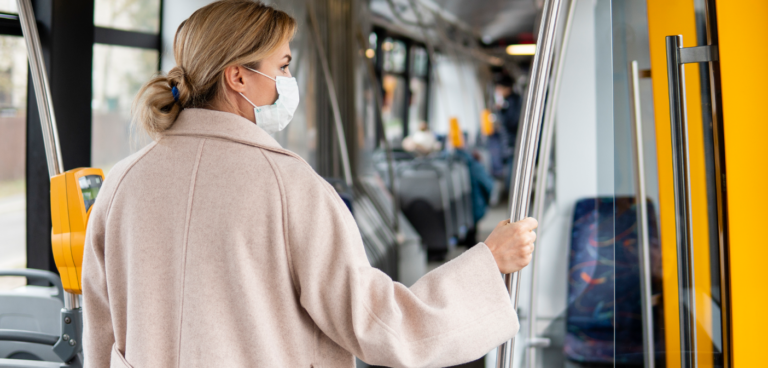A project has been launched in the UK to understand the risk of Covid-19 transmission in public transport and identify the best measures to control it.
A team led by the University of Leeds, with the Department for Transport (DfT), has received £1.7m in funding from the UK Research and Innovation rolling Covid-19 call, through the Engineering and Physical Sciences Research Council.
Researchers will develop detailed simulations of the way the virus could potentially spread through airflow, from touching contaminated surfaces and from being close to someone infected with coronavirus.
The study will create models that will quantify the level of risk faced by passengers and transport staff, which will help government and transport operators decide if additional mitigation measures are needed, particularly when passenger numbers begin to return to levels seen prior to the pandemic.
Known as Project TRACK (Transport Risk Assessment for Covid Knowledge), the study will conduct fieldwork on buses and trains in London, Leeds and Newcastle, including the light-rail system in Tyne and Wear.
Professor Phil Blythe, chief scientific adviser at the DfT, said: “We need to deepen our understanding of Covid transmission in public transport and keep applying the latest science to our work across the network to reduce transmission – studies like this one will help do just that.
“Evidence gained from TRACK will help inform policy decisions and the development of effective and well-informed control strategies. This scientific study, involving some of the country’s leading experts, will be useful not just for transport, but also to other sectors in the fight against Covid-19.”
TRACK will analyse the movement and behaviour of people as they pass through transport systems: where they sit or stand, what surfaces they touch, and how close they may be to other travellers and for how long.
Researchers said they hope to measure the effectiveness of new interventions such as anti-viral coatings on high-touch surfaces, ultraviolet air-disinfection units on buses and trains, and cleaning compounds.





